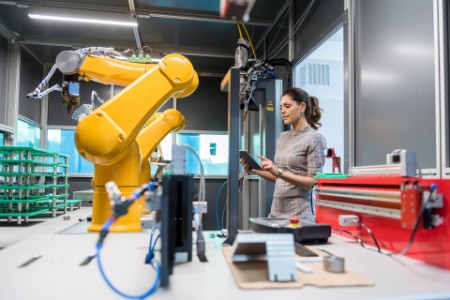Cloud: driving digital business transformation and innovation
Next-gen cloud computing, powered by composable architectures and ecosystems, accelerates your business plans and creates long-term value.
Contact Consulting at EY
Learn how to capture hidden value in your business transformation with the cloud.
Tomorrow’s innovations are being created in the next-generation cloud. The cloud-native building blocks of composable architectures enable businesses to scale and adapt their processes at speed and to seamlessly integrate data and services. To maximize value in the cloud, leaders should look outward, and transform traditional value chains into dynamic, cloud-based ecosystems that facilitate better collaboration and rapid innovation.
A human-centered mindset and culture, where customers come first, from ambition to strategy to products and services, is critical for creating exponential, long-term value in the cloud. Looking within, leaders should promote a cloud-first approach, requiring new capabilities, skills and talent strategies.
Our latest thinking
Why manufacturing equipment doesn’t need to be new to be smart
Machines are data mines. Using IoT and cloud to capture and turn data into insights can mean less downtime and higher productivity.





